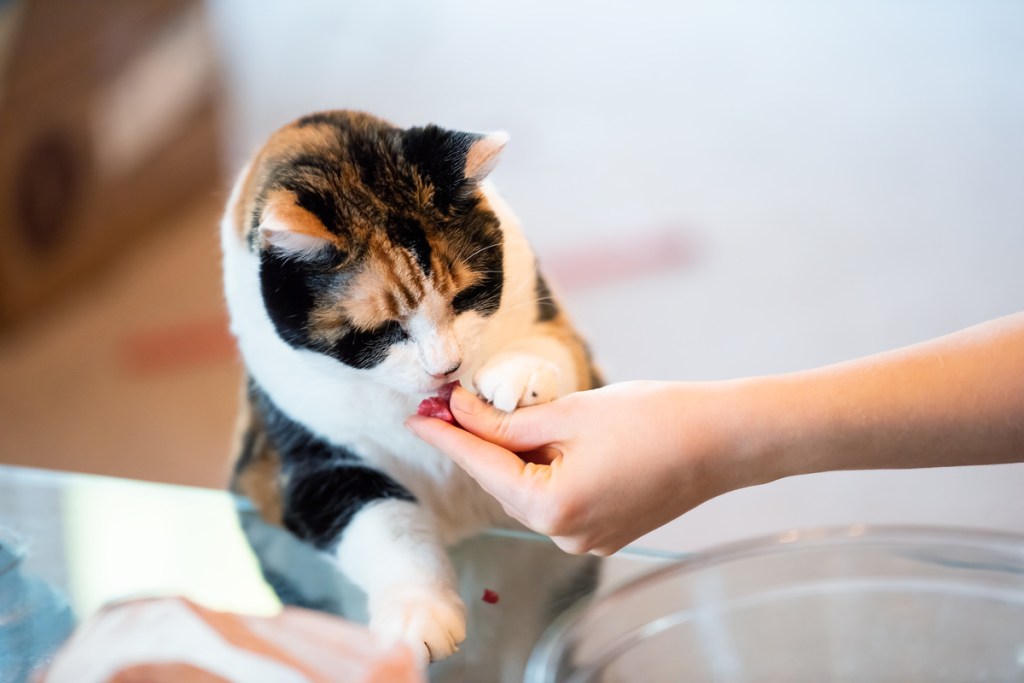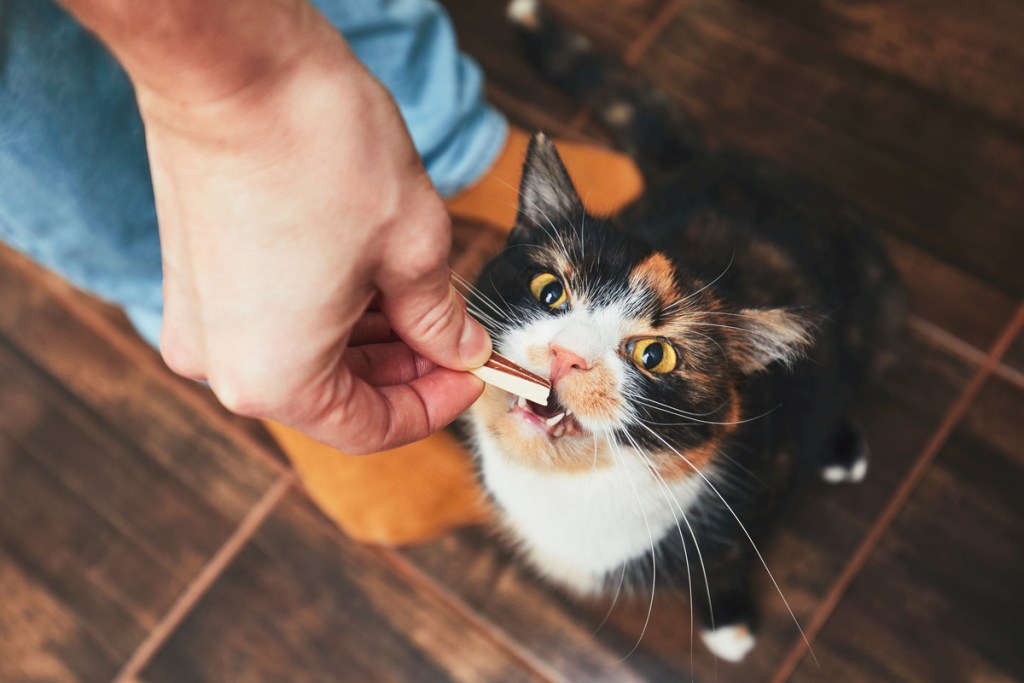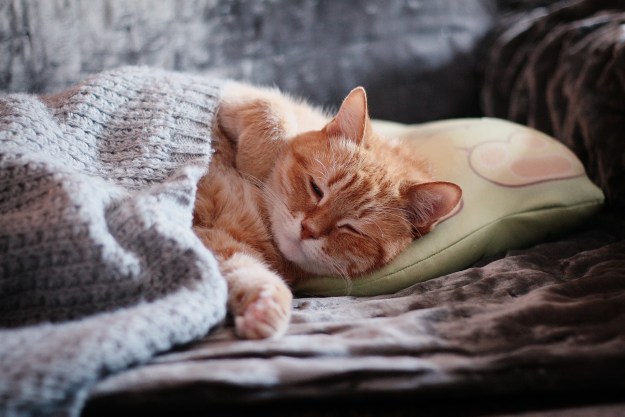Feeding your cat store-bought cat treats is easy and convenient, but there are so many great flavors in October that your cat doesn’t get in a commercially prepared treat. If you’re doing some cooking and baking for your family, why not create some homemade cat treats for your kitty, too? These three recipes feature tasty fall flavors like pumpkin and turkey, and they’re an extra-special way to show your cat how much you love him. When you make treats at home, you know exactly what goes into them, and you know they’re free of preservatives and additives. These three recipes are the purr-fect choice to make this October.

Healthy cat treats
Pumpkin spice cat treats
Now, your cat can enjoy special pumpkin treats while you’re carving your jack-o’-lanterns. These pumpkin spice treats require only four ingredients: pumpkin puree, cooked turkey or turkey cat food, oat flour, and catnip. You’ll blend all the ingredients together and then prepare the treats to go into the oven.
You have two options for how you cook the treats. You can spoon them onto parchment paper in tiny drops, or you can spread them thinly to create more of a snap treat. This crunchy texture might be extra appealing to your cat.
Homemade pumpkin cat treats
These homemade treats aren’t only tasty, but they’re good for your cat, too. They feature seasonal pumpkin, as well as oats, salmon, egg, and avocado for plenty of nutrition.
The recipe is easy to make. You’ll need a blender so you can blend the oats until they’re a fine meal. Then, you just add the rest of the ingredients and create small treats. Bake the treats, and you’re done. Your cat will have an extra-special treat that’s a healthy choice.
These healthy cat treats keep for only 3 to 4 days when stored in the fridge, so you’ll want to use them up quickly or give some to all your friends who have cats.
Super-easy three-ingredient treats
October can get pretty busy between getting ready for Halloween, picking apples and pumpkins, and going to harvest festivals. That’s why this three-ingredient recipe is a great choice. It’s super easy to make, using an egg, flour, and a can of your cat’s favorite Fancy Feast pâte. To dress the treats up a little, you can even incorporate some of your cat’s favorite vegetable, like pumpkin, or some cranberries for extra texture.
Preparing these treats is quick and simple. Just combine the ingredients in a bowl, roll them out, cut them, and bake them. You can use a cookie cutter or snip the treats into little pieces for perfect portions. They’ll keep for up to 2 weeks in an airtight container.

Tips for successful treats
When making these treats for your cat, be sure to follow the recipes closely but choose flavors your cat loves. If a recipe calls for turkey, but you know your cat adores chicken, make the swap. It will make the treats more appealing and increase the chances of your cat appreciating all your hard work by eating the treats.
Before you bake any of these treats, think carefully about the size that’s best for your cat. A treat that’s too big might not cook through, and it could be difficult for your cat to eat. Smaller treats are usually better, especially since you can feed small amounts of them at a time. You might have luck finding a mini cookie cutter so you can quickly cut appropriately sized treats.
For even and thorough baking, try to make all the treats the same size. You might need to rotate the cookie sheet halfway through baking.
With these homemade cat treats, your cat can enjoy the flavors of fall, and you can include all his favorite foods, too. It might be tempting to give your cat lots of treats, especially if he loves them, but it’s important to give your cat only a few treats at a time. New foods in large volumes can upset his digestive system, and just like food, treats add calories into your cat’s diet. Feeding too many treats might fill your cat up, too, so he’s less likely to eat his food, which is balanced to ensure he gets the nutrition he needs. Feed treats as additions to your cat’s diet, but don’t go overboard. Plus, feeding just a few at a time will keep your cat looking forward to the next treat feeding time.
Editors' Recommendations
- Wondering why cats chirp? Fascinating reasons why your cat chirps at birds (and you)
- How to cat-proof your balcony before the unthinkable happens
- There’s a totally normal reason cats throw up after eating grass – here’s why
- Your cat trilling is actually a good thing – here’s why
- This video of a confused kitty discovering a cat water fountain is adorable



